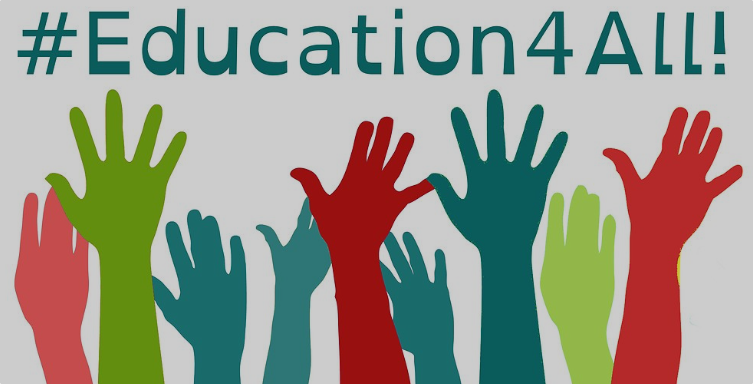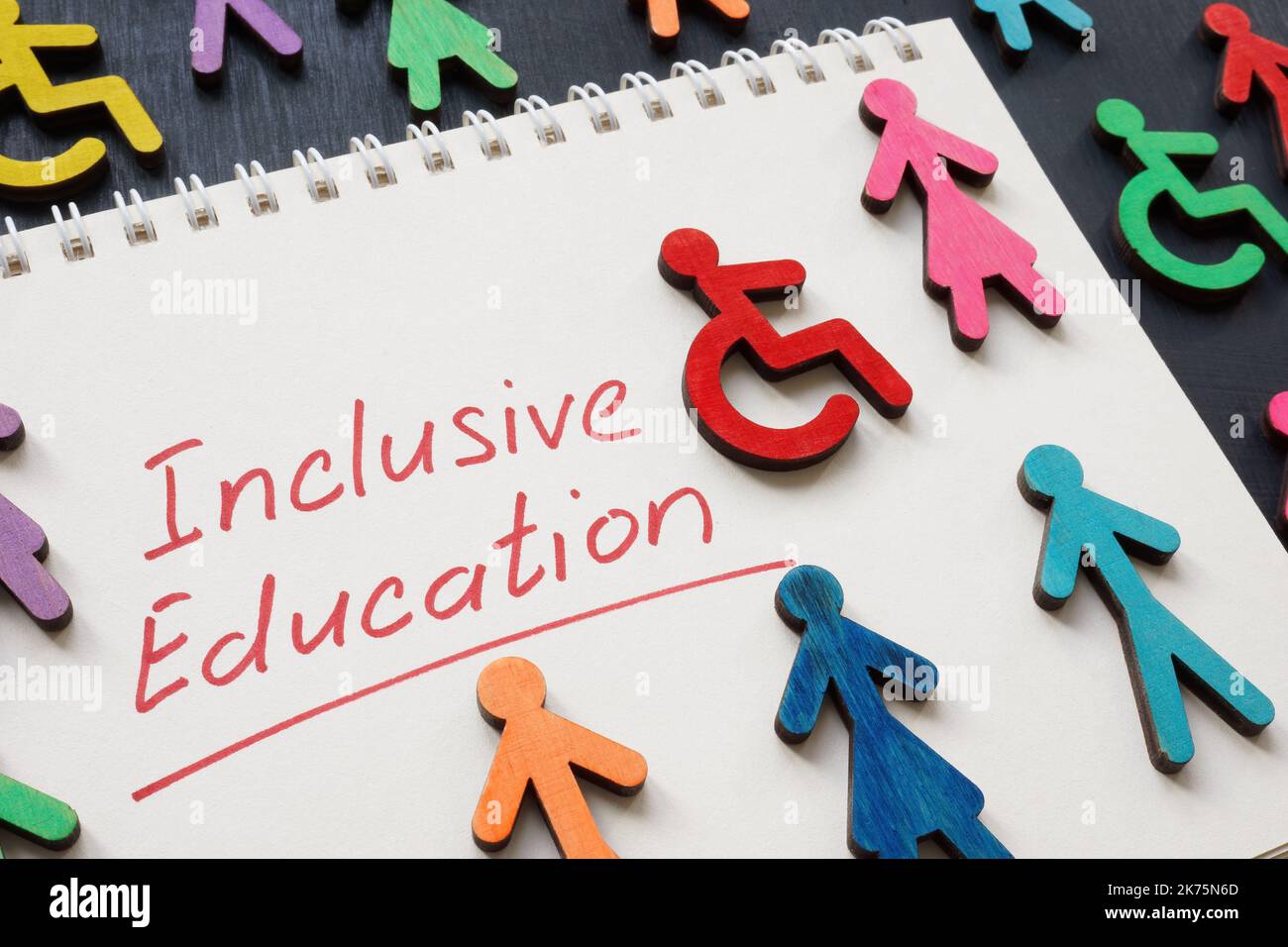
Inclusive Learning Programs
Effective learning programs will therefore call for equal table stakes across all students irrespective of their learning capabilities or academic impediments(Community Education Support). This article shows what inclusive learning is, what kinds of programs are helpful, the advantages and disadvantages of such a type of learning, and the practices of successful programs.
Why is Inclusive Learning important?
As a term, inclusive learning encompasses the educational practices that are made to address and cater to diverse learners. Such programs aim at the equality of students, making them learn together and embrace the differences among them.
The Framework of Inclusive Learning Programs
- Differentiated Instruction: A teacher makes sure they adopt many strategies to ensure they address different learners during their teaching process.
- Assistive Technologies: Special program solutions include the use of technology within a classroom to assist students with disabilities.
- Peer Support Programs: This involves pairing students together, whereby each will learn from the other, and in the process the students develop friendships to reduce feelings of isolation. Such programs are instrumental in helping students become friends and increase their self-esteem.
- Cultural Responsiveness: CAR uses student culture in learning, meaning that it is a teaching methodology that aims to cater to the cultural needs of the learners.
Advantages of Integration of Inclusive Learning Programs
- Improves Academic Performance
Studies have indicated that increased classroom participation from children with CWD can increase the performance of all the students. - Fosters Social Skills
The main one is that through inclusion students get to have an opportunity to learn, play, and share ideas with fellow students from other groups thus enhancing their communication, mode, and team-building skills. These social skills are useful for the actual practicing of interpersonal relationships for cooperation and understanding. - Self-esteem and confidence are developed.
If students are assured of our support, encouraged, and accepted, they will be willing to take chances, ask questions, and contribute in class. - Encourages Lifelong Learning
Education for all produces desirable attributes, and this view stimulates learners’ interest in school by making it more fun for them.
Difficulties experienced in the use of Inclusive Programs
- Resource Limitations
In many cases, the provision of services to all students means that more resources, such as professional human resources and information technology resources, will be needed. - Teacher Training
Teachers should receive sufficient preparation in understanding diverse learners for them to be able to absorb all children in class. As such, one may argue that teachers can have difficulties with the implementation of inclusive strategies without professional development. - Classroom Size
Small number classes make it easier for the teacher to attend to each of the learners in the class.
Look Video for more information
Some of the best practice Inclusive Programs
- Universal Design Learning (UDL)
UDL is an educational approach that means building an accumulation of varied teaching methods. He focuses on methods, which allow not only multiple opportunities for students’ content interaction, explaining ideas, and motivation but also serve as appropriate for students with different needs. - Buddy programs in social integration
Some of the schools have student buddy programs meant to foster non-disabled and disabled students’ friendships. These programs promote: companionship ship reduce social exclusion and enhance the perception of diversity among students. - Integrated Technology Tools
The use of applications such as smart boards, and adaptive software as well as the use of mobile devices in learning improves access to learning for all students in school settings.
Effective Strategies When Promoting Inclusive Program.
- Invest in Teacher Training
This paper reveals that there is a strong correlation between the effective inclusion of all children and constant professional development. Professional development assists the instructors in appreciating student differences and how to address those differences. - Incorporate the Parents and the Community
This paper explores the responsibilities of families and the community for the implementation of inclusive education. Families and community organizations must be involved in schools in that schools should work together with organizations to provide support to students involved in a particular school.
Conclusion
The role of the schools which state implementing hospitality is to foster nice intention of an increased good and acceptable world.






One thought on “Inclusive Learning Programs: Empowering Education for All”